Product Description
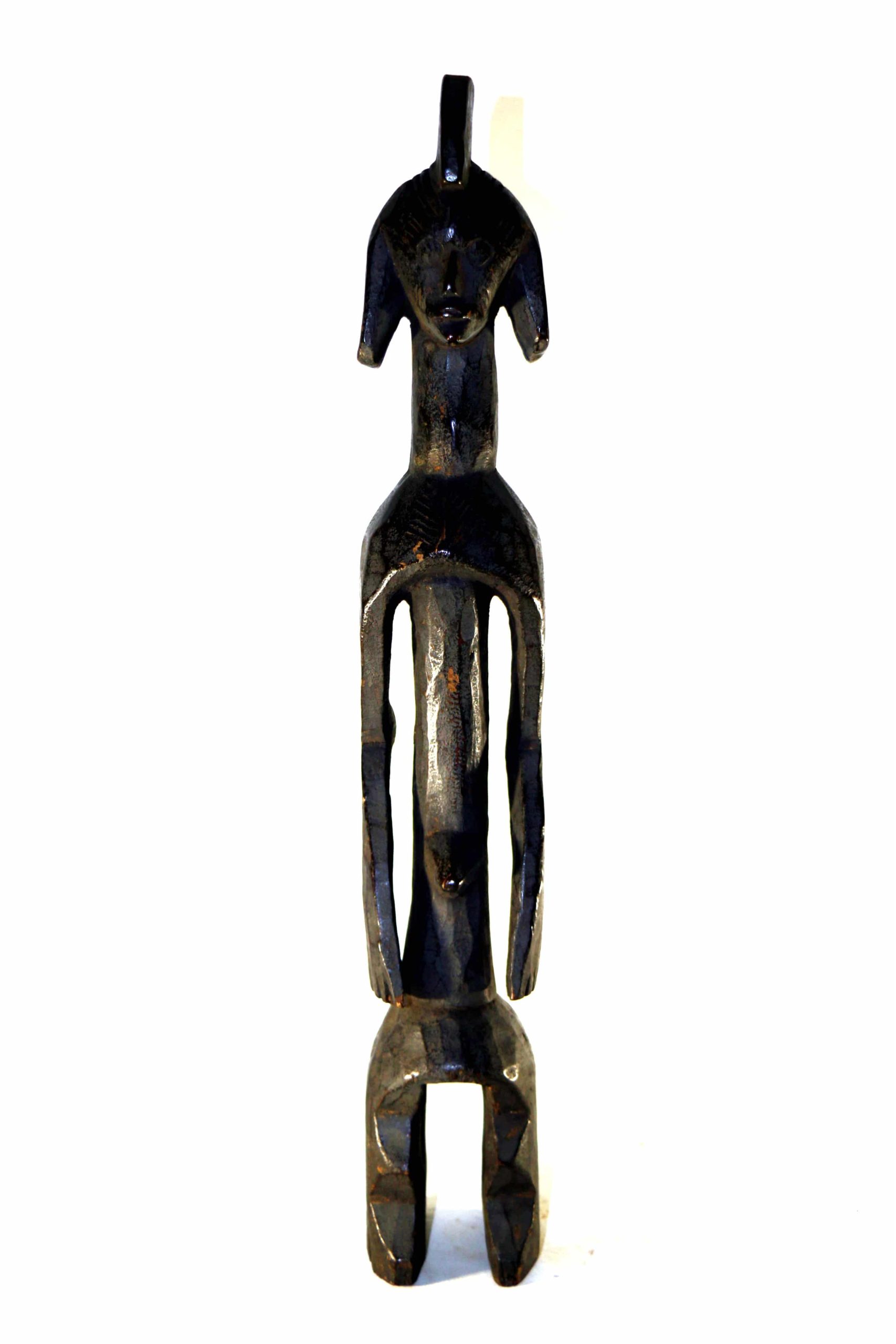
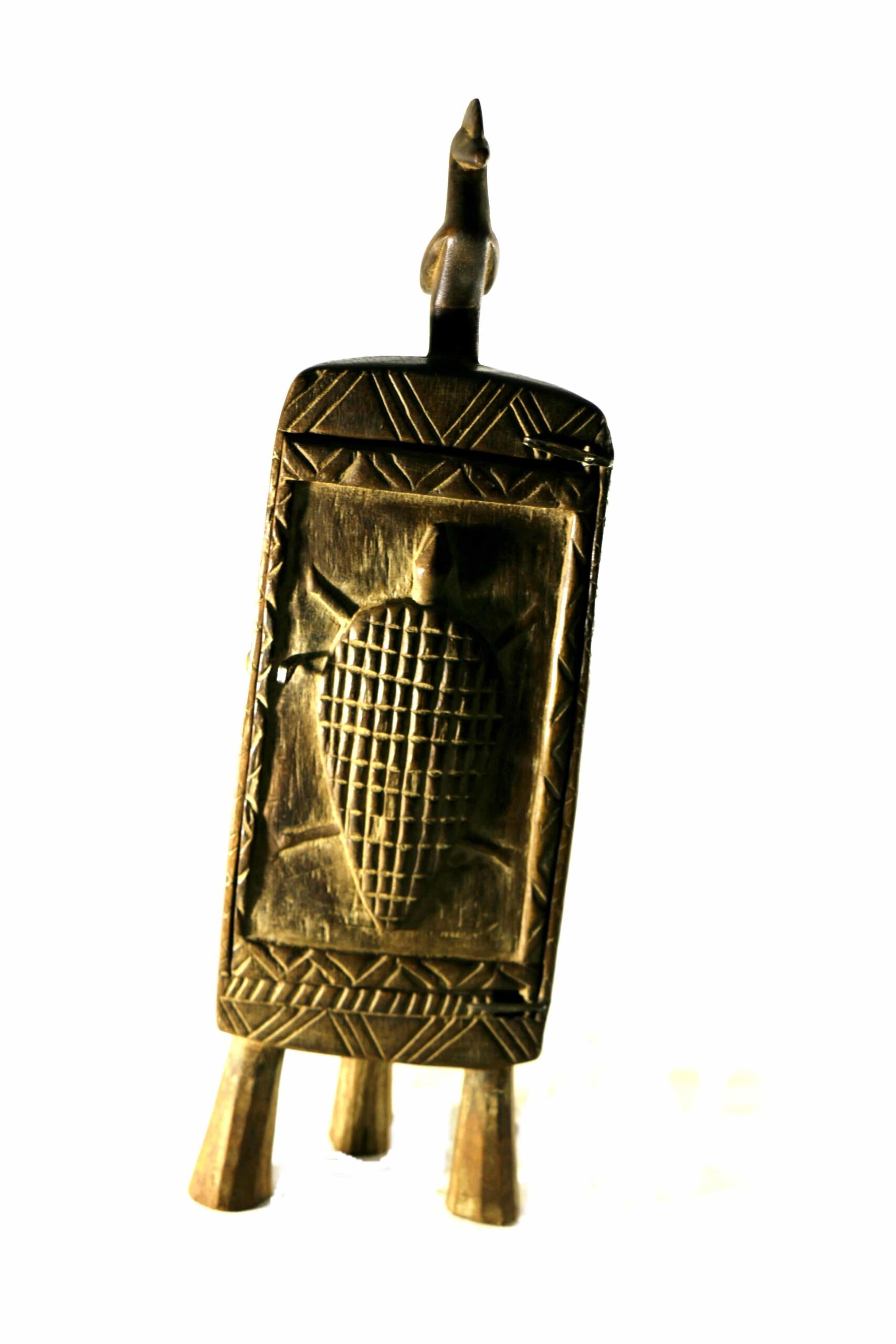
Bembe Male Fetish Figure – Congo
This Bembe statuette originates from the Central African Democratic Republic of the Congo Bembe People. Bembe ancestor statues are rare and they can only be found in the south western part of their territory. It is a male Fetish or Power Figure ‘Bilongo’. They mostly represent Heads of village, warriors and women.
Made of 100% wood.
Model is W 60 – H 19 and weight 4 kg.
Description
This Bembe statuette originates from the Central African Democratic Republic of the Congo Bembe People. Bembe ancestor statues are rare and they can only be found in the south western part of their territory. It is a male Fetish or Power Figure ‘Bilongo’. They mostly represent Heads of village, warriors and women.
Bimbi statues depict idealized versions of their ancestors, their abdomens intricately carved in a mimicry of scarification (no longer practiced by the Bembe). The eyes are often embedded with seashells or ceramics, and most statues feature a cavity between the legs, into which medicinal substances can be inserted (doing so is said to give the figurines a protective power). These statues are small in size and are used for exorcisms and healing illnesses. Miniaturization, scarification, and very specific expressions are characteristics of Bembe sculptures: geometric scarification, many marks on the face and body prove a successful initiation. Their average size varies between 10 and 15 centimeters. Tattooing on the lower abdomen demonstrates a concern for detail and finish.
The Bembe form a small group of 60 to 80,000 people; they live on the plateaus situated to the north of the Zaire River, as well as on the shores of Stanley Pool and in the cities of Brazzaville, Dolisie, and Pointe-Noire. The Bembe had close contacts with their neighbors the Teke, but Kongo contributions were essential to their culture and traditions. Their social organization was based on the matrimonial clan, whose members could live in several villages. The family unit generally included three generations. The Bembe believed in a creator god, Nzambi, whom they did not depict figuratively. The ancestors had close ties with the living and received offerings through the “priest,” who made appeals to statuettes, the kitebi or bimbi, consecrated by the sorcerer. These figurines were the idealized images of the ancestors and would often wear attributes that allowed them to be identified as medicine men or hunters. The ancestor worship among the Bembe is older, though, and precedes the use of magic statues, nkisi, by the sorcerers.
Additional information
| Weight | 4 kg |
|---|---|
| Dimensions | 60 × 19 cm |
Leave a reply Cancel reply
Returns and Exchanges
There are a few important things to keep in mind when returning a product you purchased.You can return unwanted items by post within 7 working days of receipt of your goods.
- You have 14 calendar days to return an item from the date you received it.
- Only items that have been purchased directly from Us.
- Please ensure that the item you are returning is repackaged with all elements.
Ship your item back to Us
Firstly Print and return this Returns Form to:
30 South Park Avenue, San Francisco, CA 94108, USA
Please remember to ensure that the item you are returning is repackaged with all elements.
For more information, view our full Returns and Exchanges information.

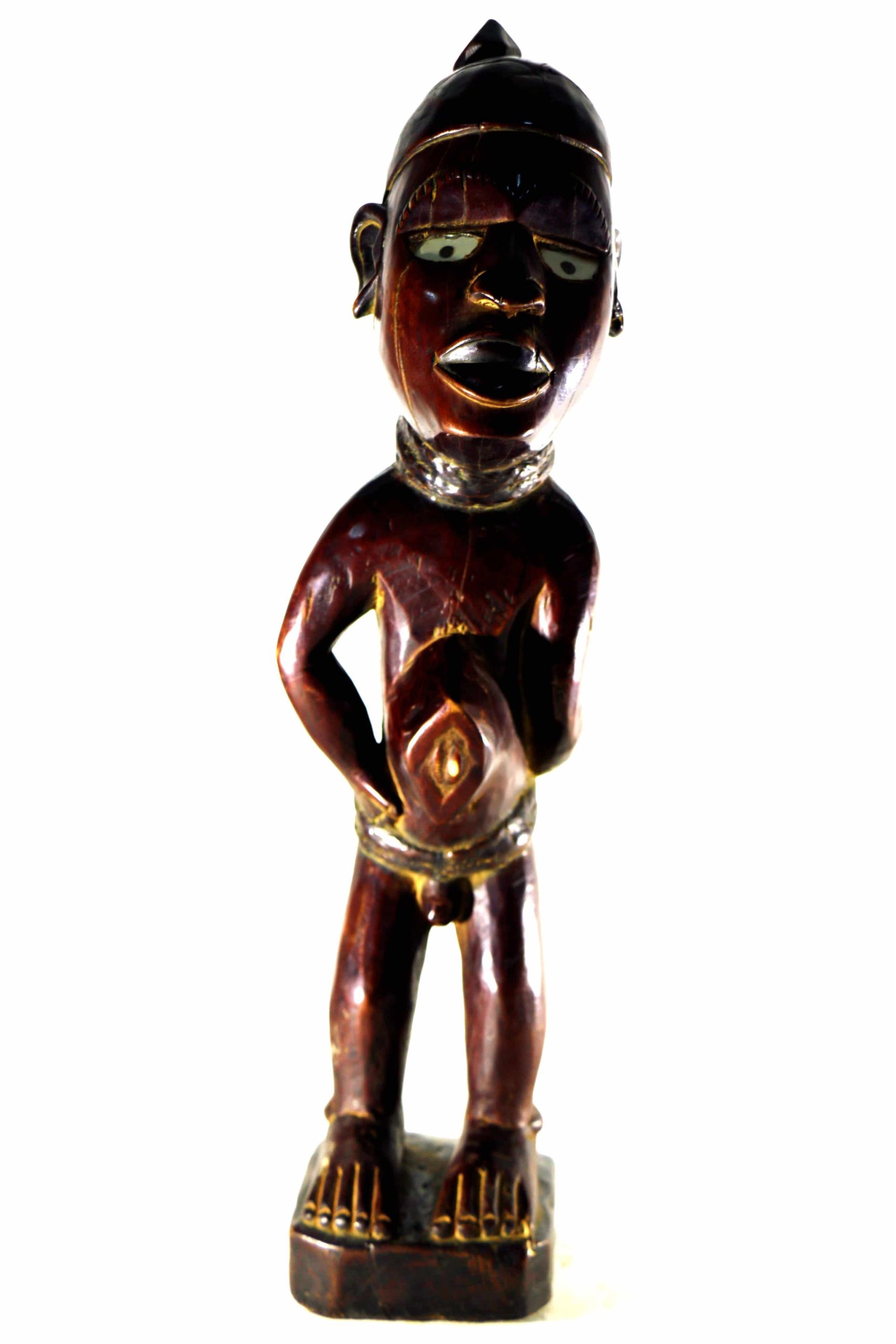
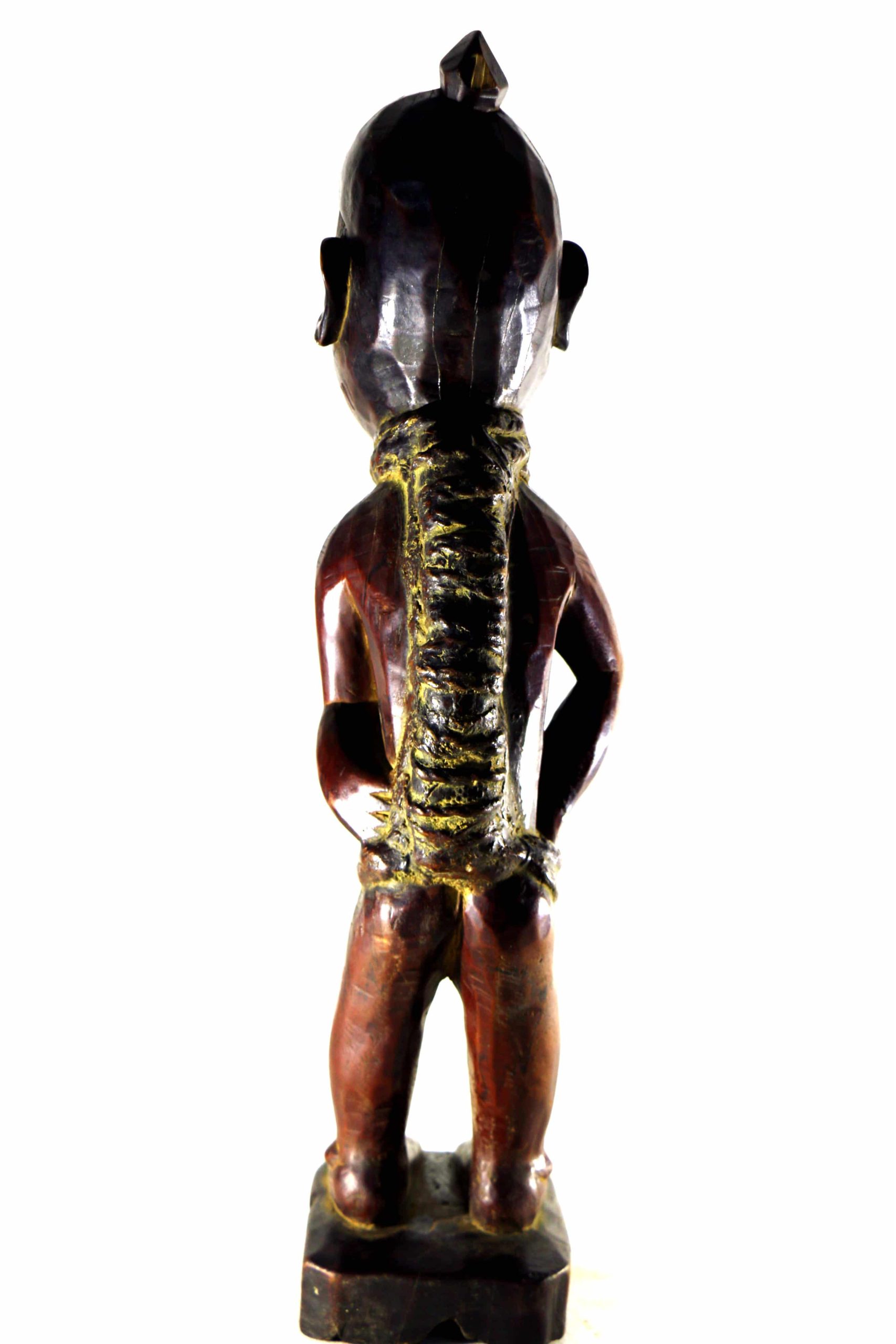
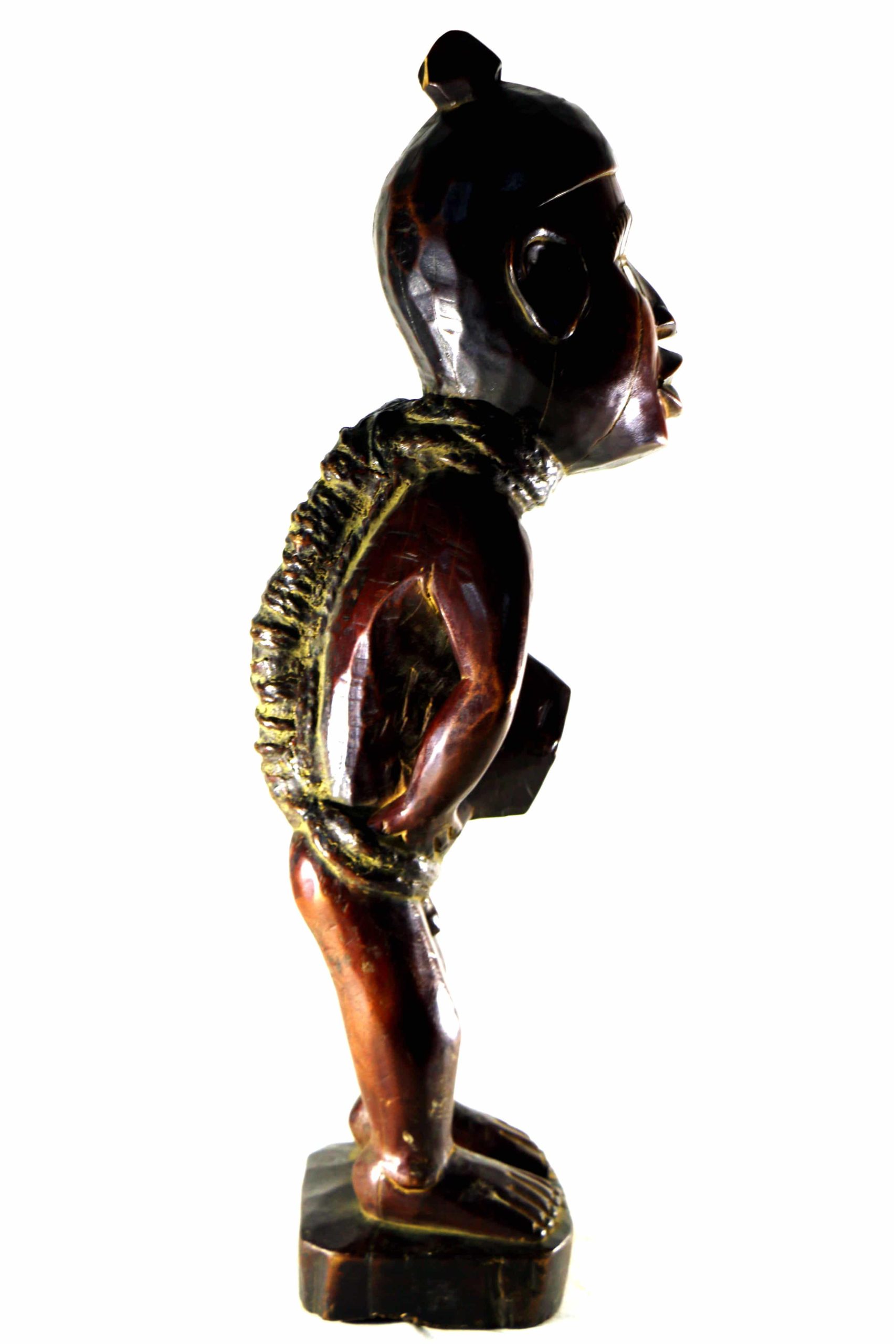
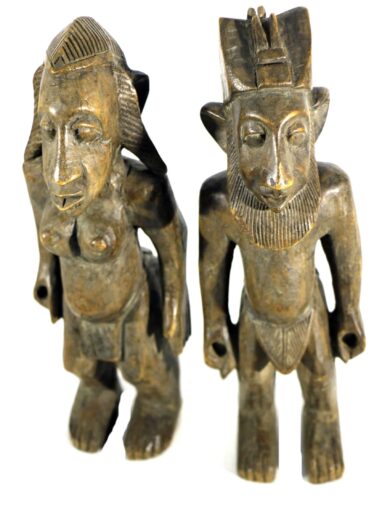
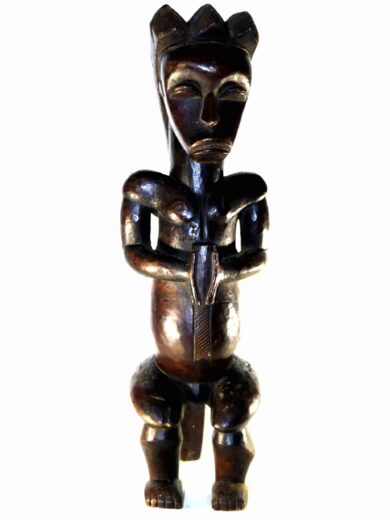
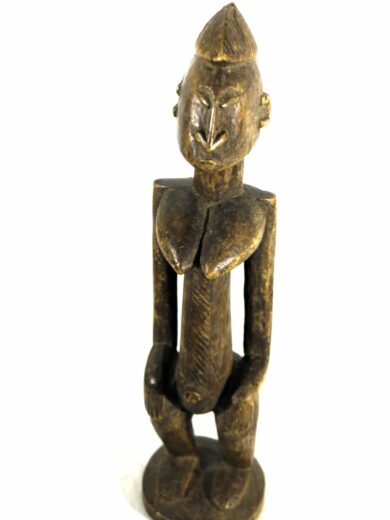
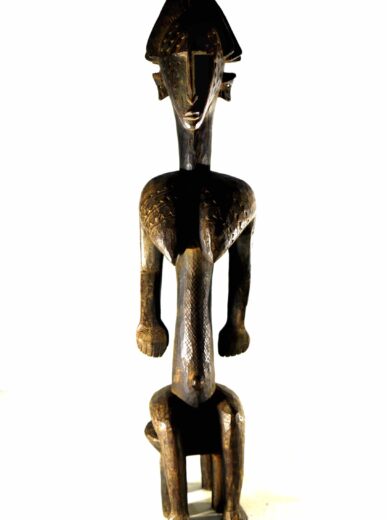
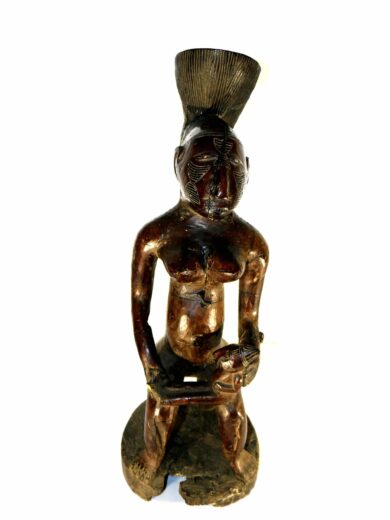
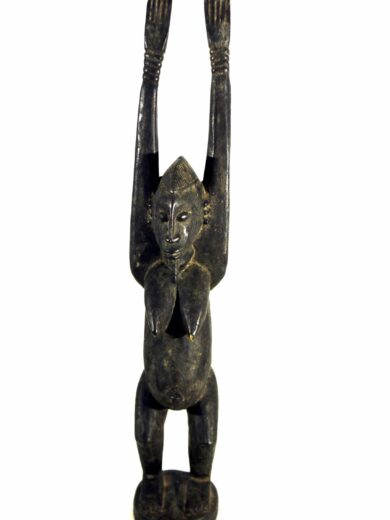
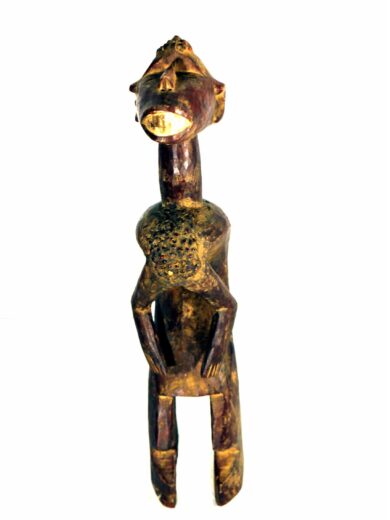
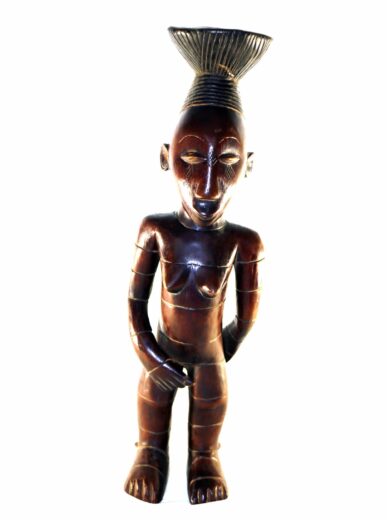
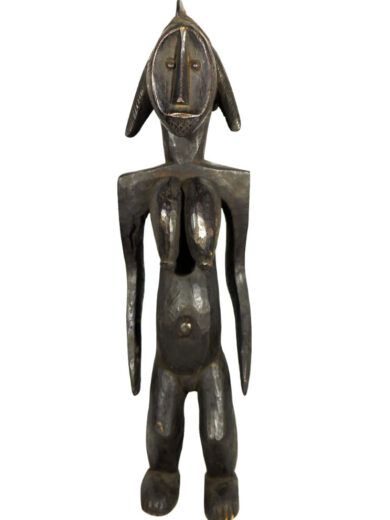
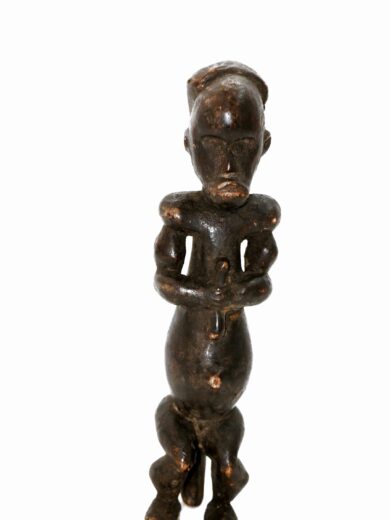
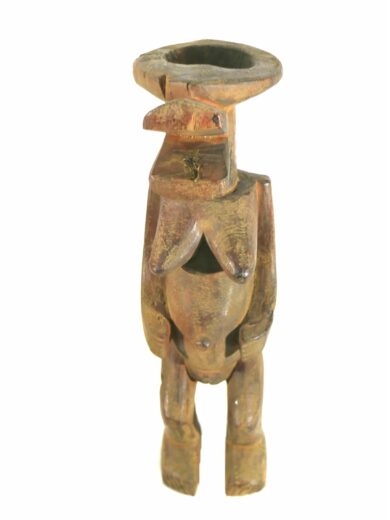
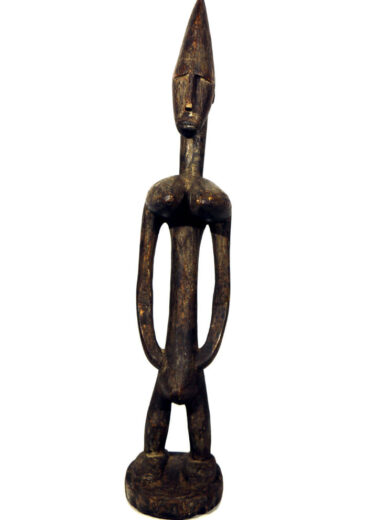
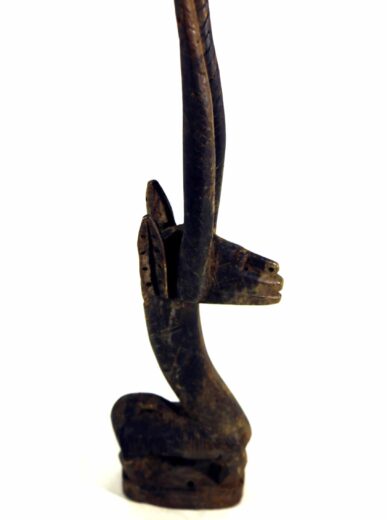
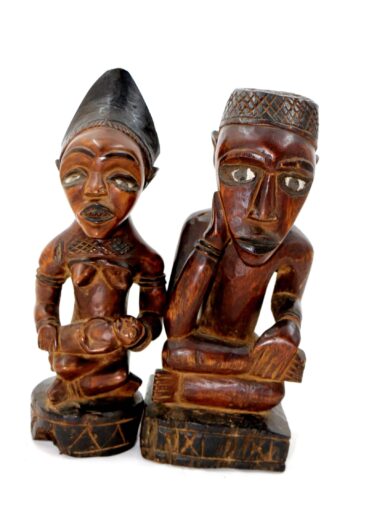
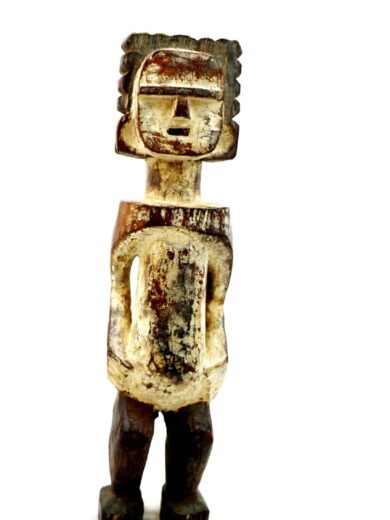
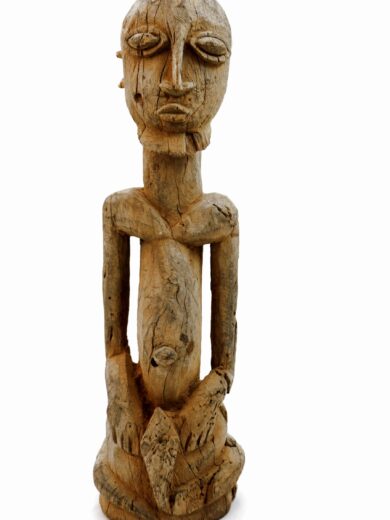
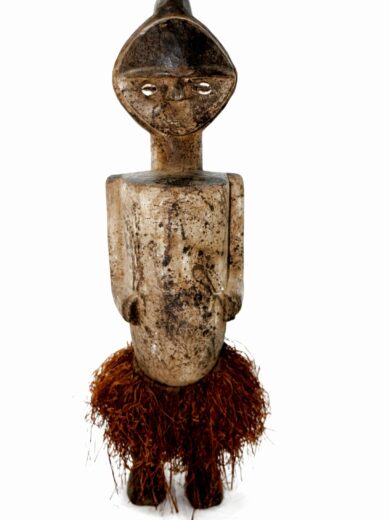
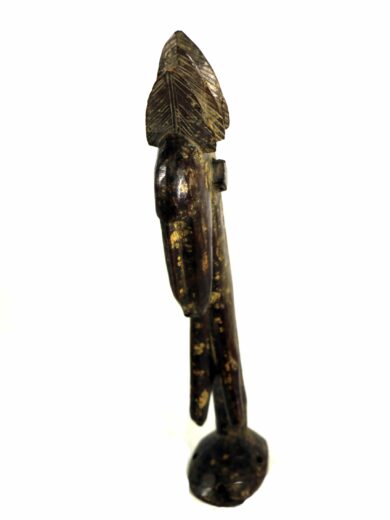
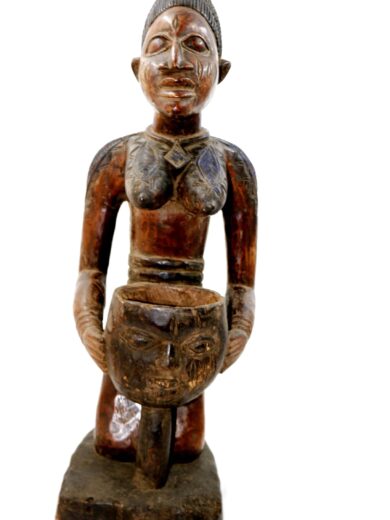
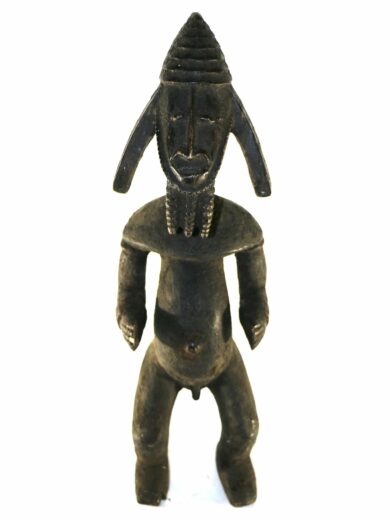
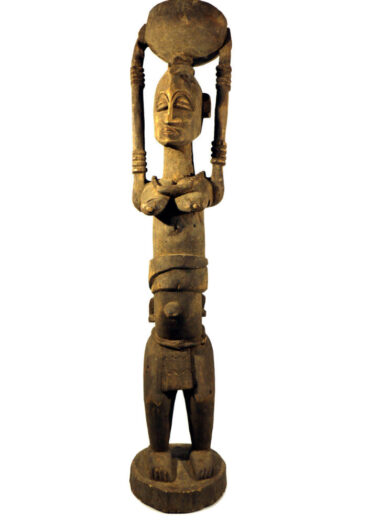
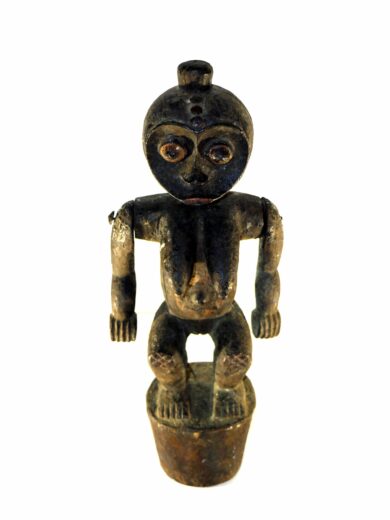
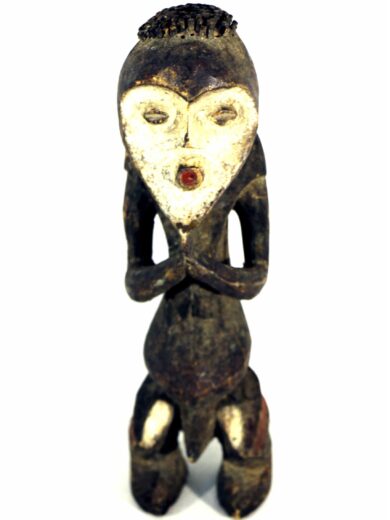
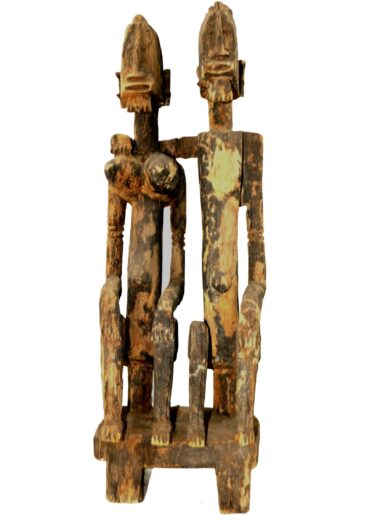
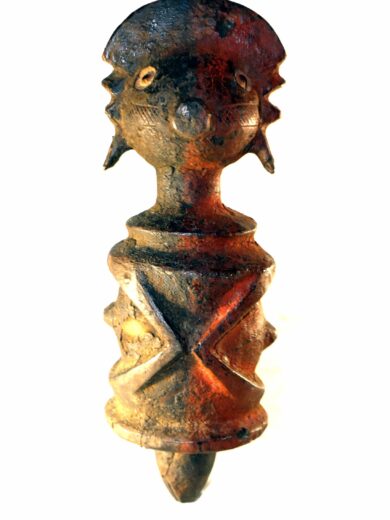
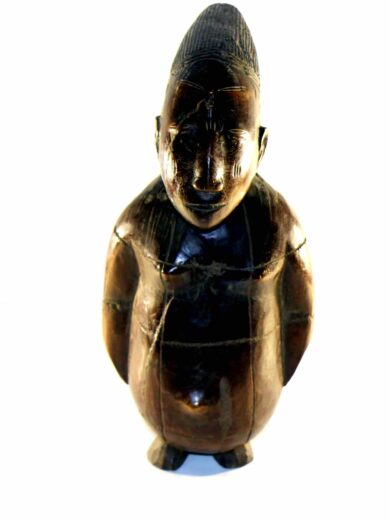
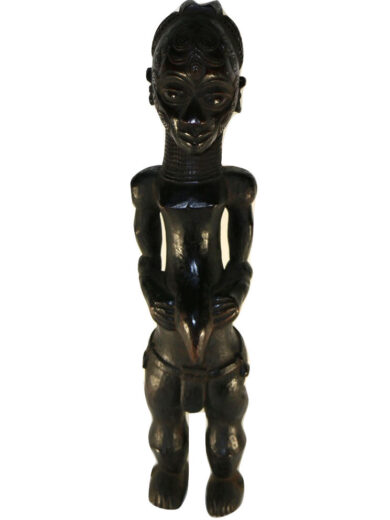
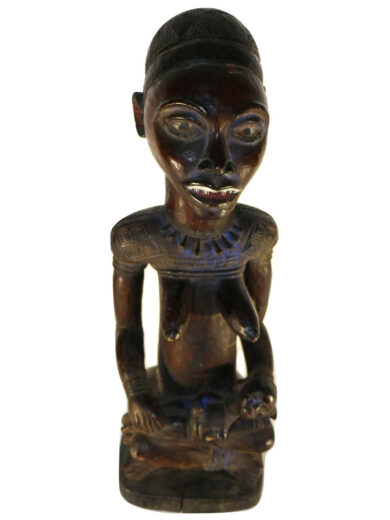
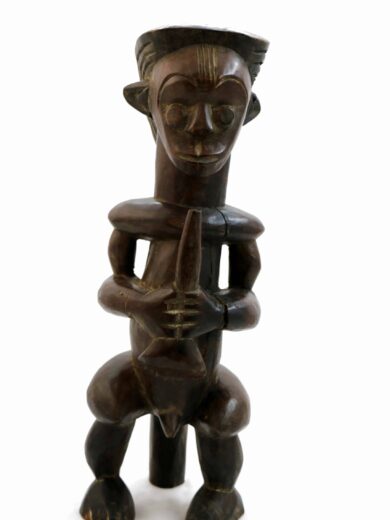
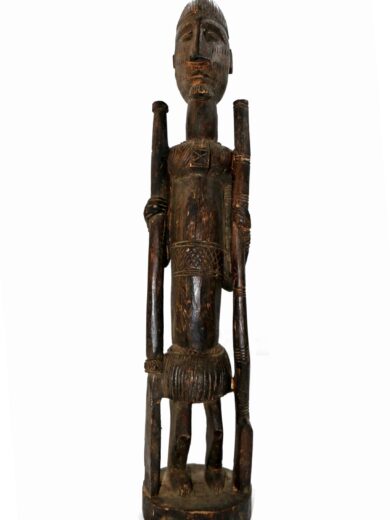
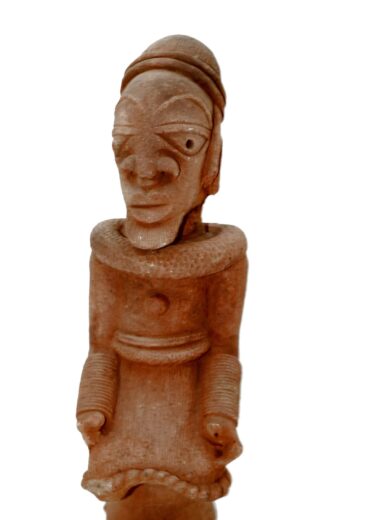
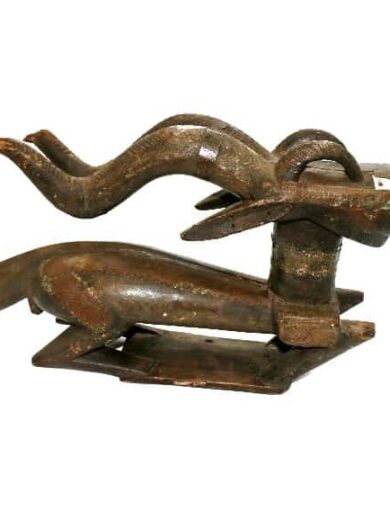
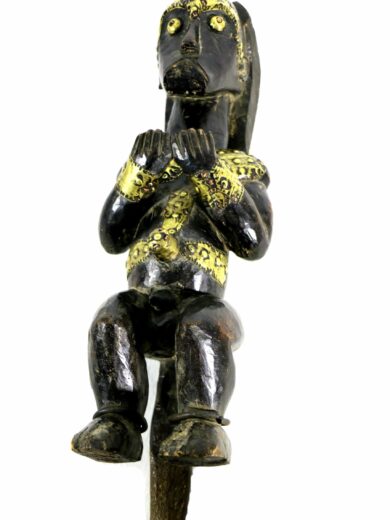
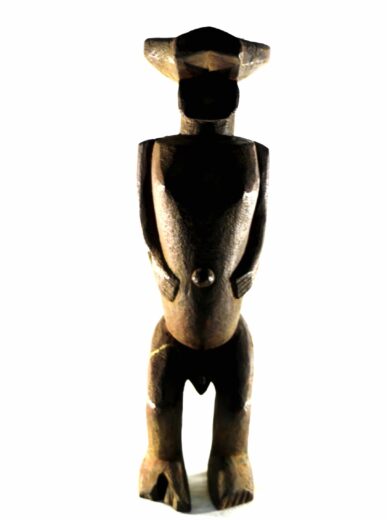
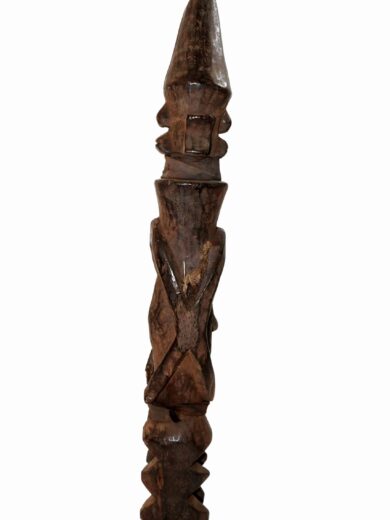
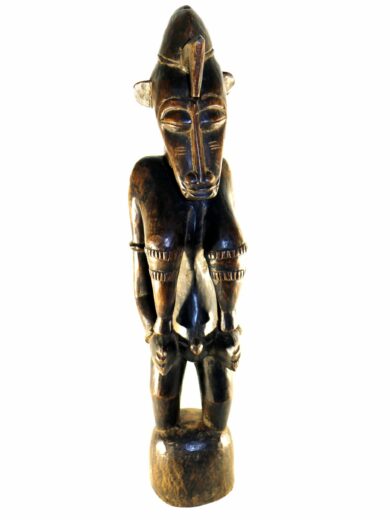
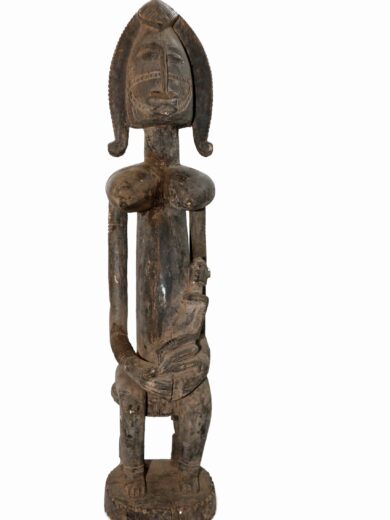
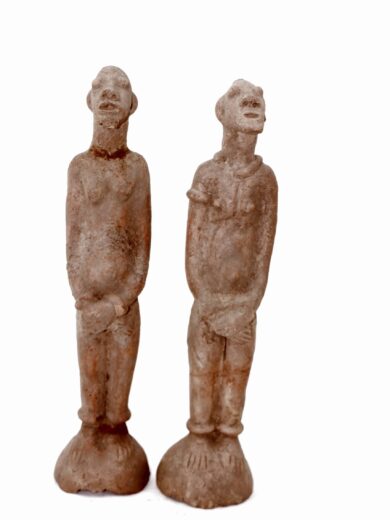
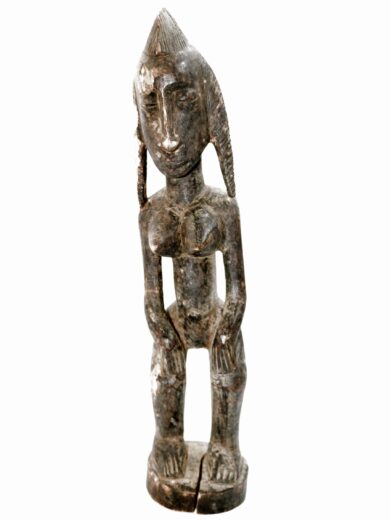
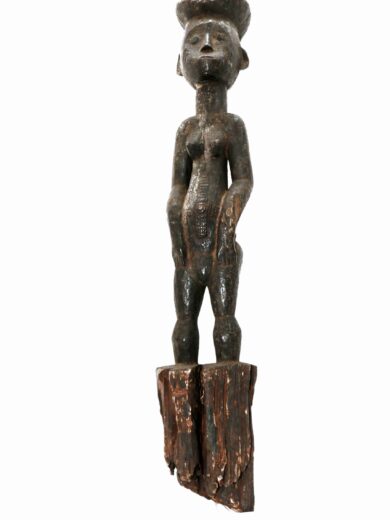
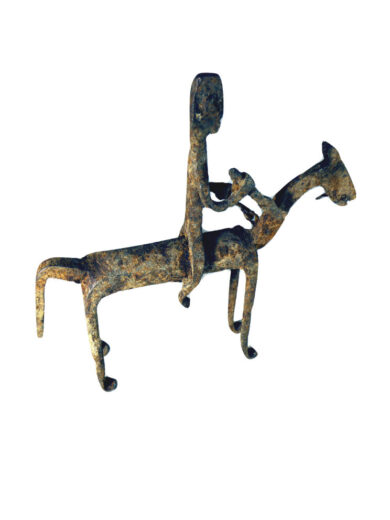
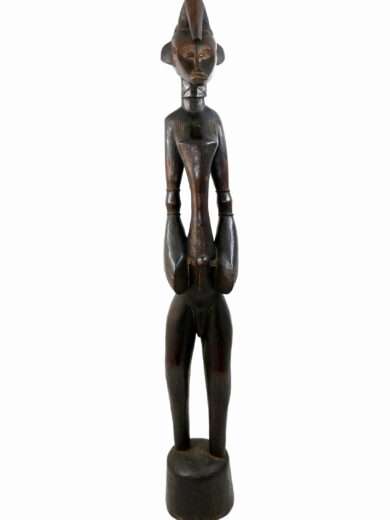
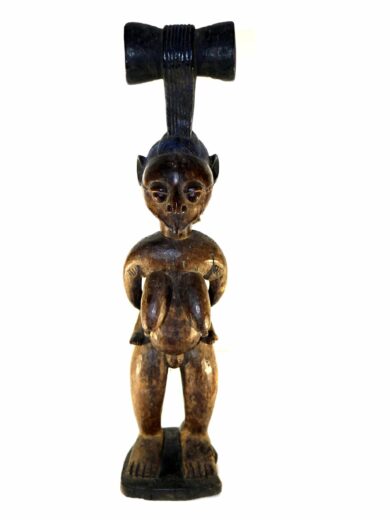
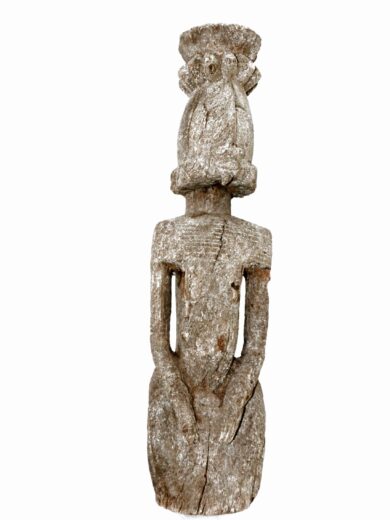
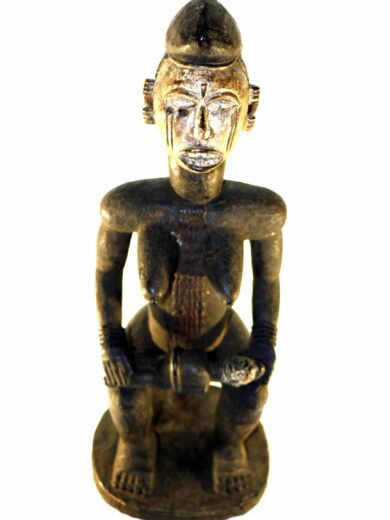
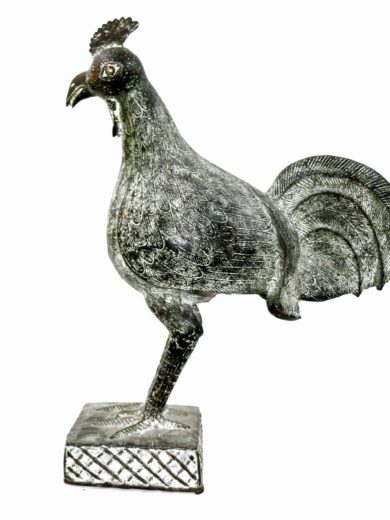
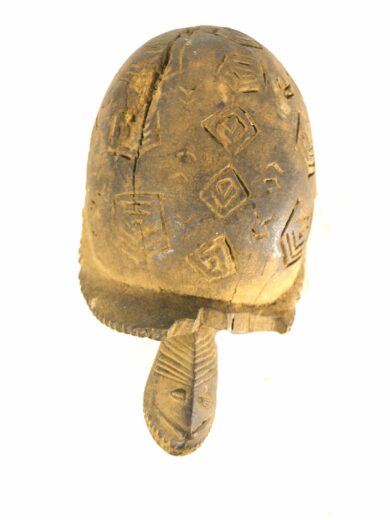
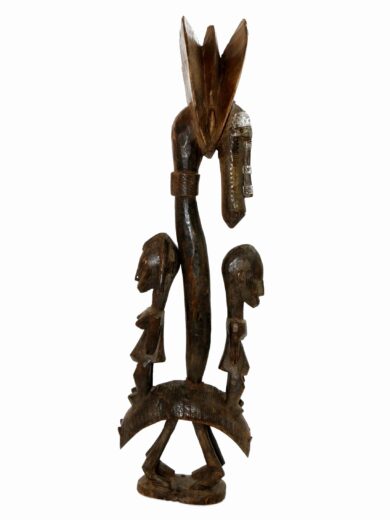
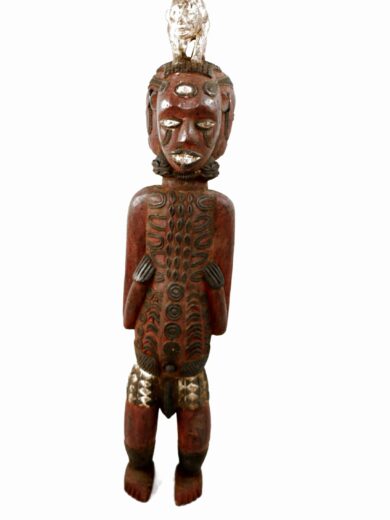
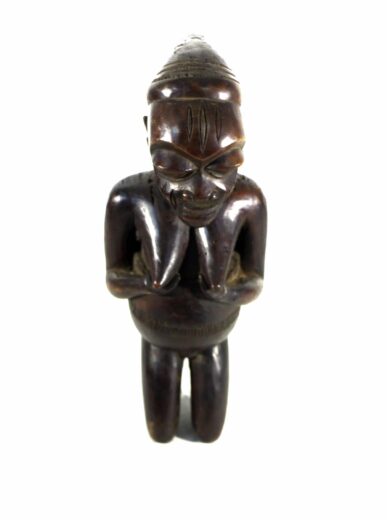

Reviews
There are no reviews yet.